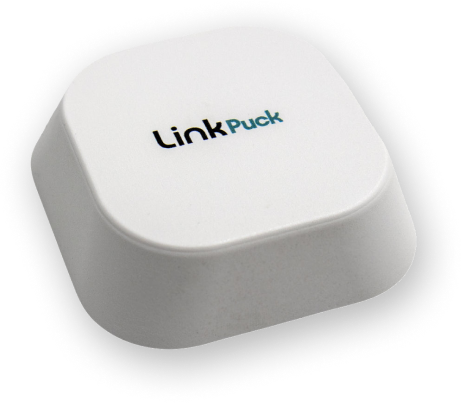When you put on a few pounds, you feel it in your favorite jeans. But it's harder to know if your dog is overweight. Is your pooch pleasantly plump or unhealthily porky? Here are four ways to find out how to make the call.
Bad Habits: Dogs love to eat, and too many pet parents overindulge their fur babies because it's easy to feed a pup too much. According to Dr. Brent Bilhartz of LazyPaw Animal Hospitals in Frisco, Texas, the two reasons dogs pack on the pounds are the same culprits that lead to human paw-rents' weight gain; they eat too much and exercise too little.
Pudgy Pups: Dog owners are often in denial about their overweight dogs. While a vet can quickly determine if your pup is fat, you can also evaluate her condition yourself. Dr. Bilhartz says to inspect a dog from above and then from the side. In a normal weight dog, you'll see a tapered waistline. In overweight dogs, you won't see a waistline indentation but more of a round, tube-like shape.
Touch Tests: Vets also use touch tests to determine if your dog weighs too much. Try feeling your dog's ribs. If your dog is at a healthy weight, you should be able to feel each rib distinctly. Then touch the base of the tail, spine, shoulders and hips. If you can't feel the bones, your dog is over her weight limit.
Health Risks: Extra weight takes a toll on your pup's health in the same ways extra pounds impacts your health. It puts more pressure on her joints and can increase her blood pressure. An overweight dog also has a higher risk for diabetes, heart disease and cancer. According to Dr. Bilhartz, excess pounds can cause serious health problems for a pet.
Start working on better habits for your dog as soon as possible. Don't wait for spare time you'll never find. Visibly inspect your dog's waistline today, check with your vet and get started on an appropriate weight loss plan. You'll find that a moderate diet and extra exercise is the key to getting and keeping her healthy.





